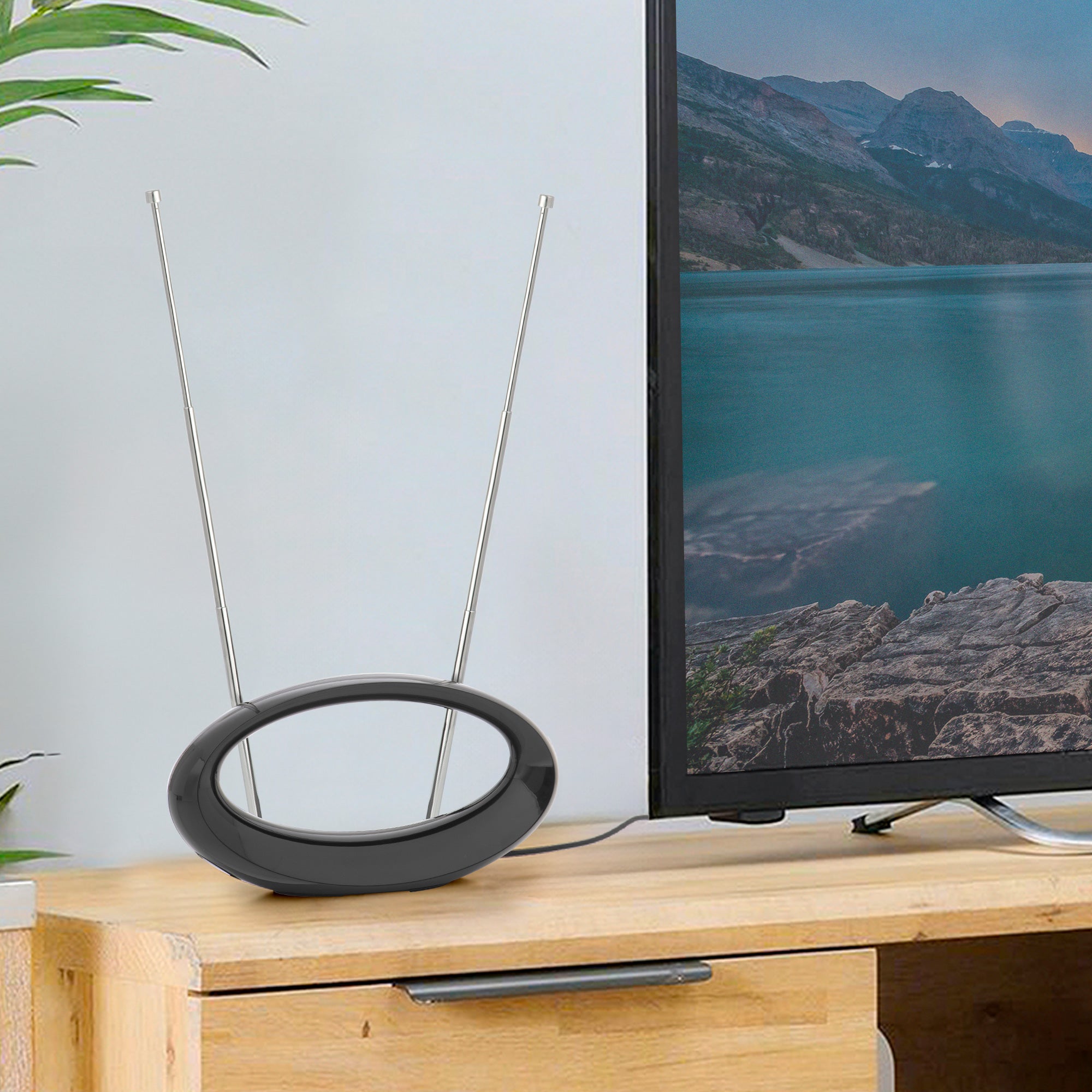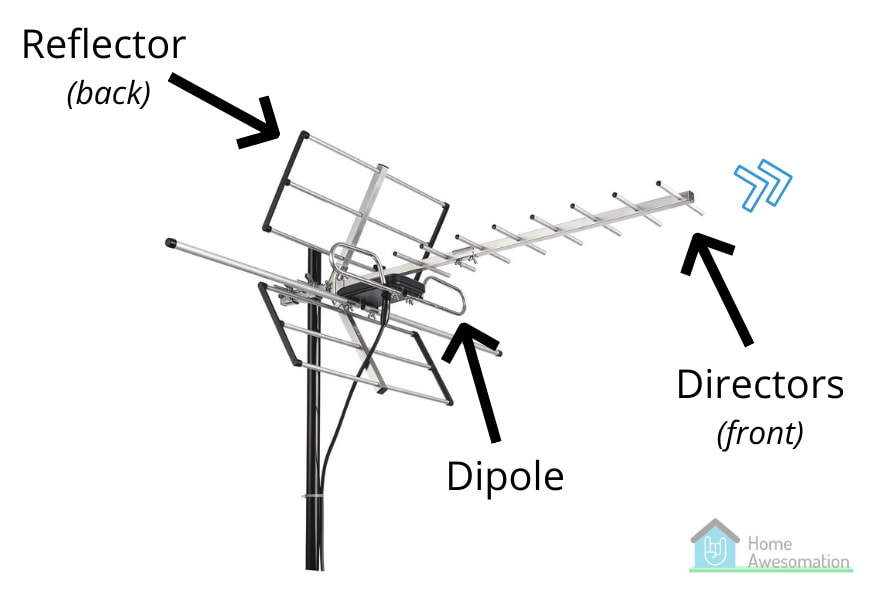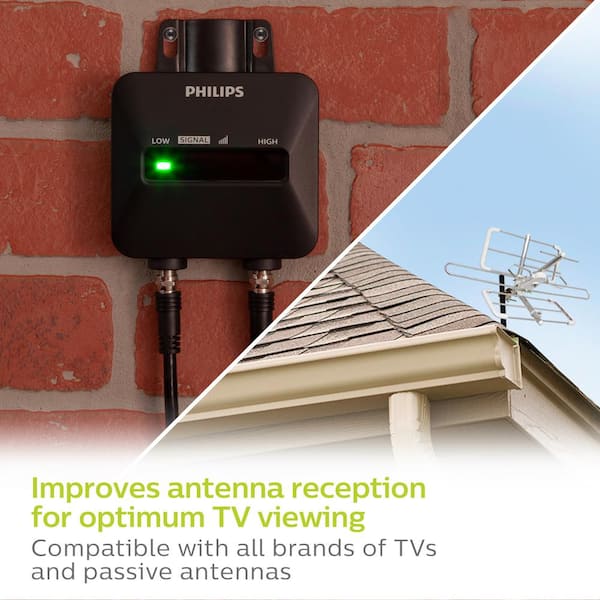Do Tvs Have Built In Antennas

In an era dominated by streaming services and digital cable, the question of whether modern televisions still possess built-in antennas might seem anachronistic. However, the answer is more nuanced than a simple yes or no, impacting consumers who rely on over-the-air (OTA) broadcasts for their television viewing.
At its core, this article delves into the technical specifications of contemporary televisions, examining their capability to receive broadcast signals without external antennas. Understanding this capability is crucial for consumers seeking cost-effective alternatives to subscription-based television services. The information presented here is gathered from technical specifications, official statements from television manufacturers, and industry expert analyses.
The Short Answer: Mostly Yes, But With Caveats
The majority of televisions manufactured today include a built-in tuner capable of receiving over-the-air (OTA) signals. This tuner is technically not an antenna itself, but rather a component that processes radio frequency signals received from an external antenna. Think of it as the "radio" part of the TV that picks up signals.
Therefore, while TVs have the *capability* to receive these broadcasts, they don't typically have a physical antenna embedded within the television casing. You'll still need an external antenna to capture those signals.
What You Need to Know About TV Tuners
The crucial element here is the tuner. Modern TVs are equipped with digital tuners, compliant with the Advanced Television Systems Committee (ATSC) standards. This ATSC tuner allows the television to decode digital signals broadcast by local television stations, often in high definition.
The transition from analog to digital broadcasting mandated by the FCC in 2009 required all new televisions to include these digital tuners. This mandate ensured that consumers could continue to receive free, over-the-air broadcasts after the switch.
Why External Antennas Are Still Necessary
Even with a built-in tuner, an external antenna is essential for receiving OTA signals. The tuner alone cannot capture the broadcast signal from local television stations.
The type of antenna needed depends largely on your location relative to the broadcast towers. Those living closer to the towers might get away with a simple indoor antenna. Viewers in more remote areas may require a larger, outdoor antenna mounted on a roof or mast for optimal reception.
Factors Affecting OTA Reception
Several factors can influence the quality of OTA reception. Distance from broadcast towers, physical obstructions like buildings and trees, and even weather conditions can impact signal strength.
Websites like AntennaWeb.org can help determine which channels are available in your area and what type of antenna is recommended. This resource uses your address to estimate the distance and direction to the nearest broadcast towers.
The Resurgence of Over-the-Air Television
In recent years, there's been a renewed interest in OTA television. This resurgence is driven by the rising costs of cable and streaming services.
OTA offers a cost-effective way to access local news, weather, and sports programming without monthly fees. Furthermore, the picture quality of OTA broadcasts can often be superior to that of compressed streaming content.
Who Benefits from OTA Broadcasting?
OTA broadcasting can be particularly beneficial for several groups. Budget-conscious consumers looking to cut entertainment expenses will find it appealing.
Individuals in rural areas with limited broadband access can use OTA as a primary source of television programming. And, finally, cord-cutters who've abandoned traditional cable subscriptions find in OTA a way to supplement their streaming services with local channels.
Choosing the Right Antenna
Selecting the appropriate antenna is crucial for a positive OTA experience. Indoor antennas are convenient and easy to install, but often less powerful.
Outdoor antennas provide better range and signal strength, but require more complex installation. Consult online resources and reviews to determine the best antenna for your specific needs.
The Future of OTA Technology
The ATSC 3.0 standard, also known as NextGen TV, promises further improvements to OTA broadcasting. This new standard offers features like 4K resolution, improved audio quality, and interactive services.
While adoption is still underway, ATSC 3.0 has the potential to revolutionize OTA television. It will give the public the chance to have a broadcast quality that can compete with streaming services.
In conclusion, while modern televisions have the *technical capacity* to receive OTA broadcasts through their built-in tuners, an external antenna remains a necessary component for accessing those signals. Understanding the nuances of OTA technology empowers consumers to make informed decisions about their television viewing options and potentially save money while still enjoying access to local broadcast content.
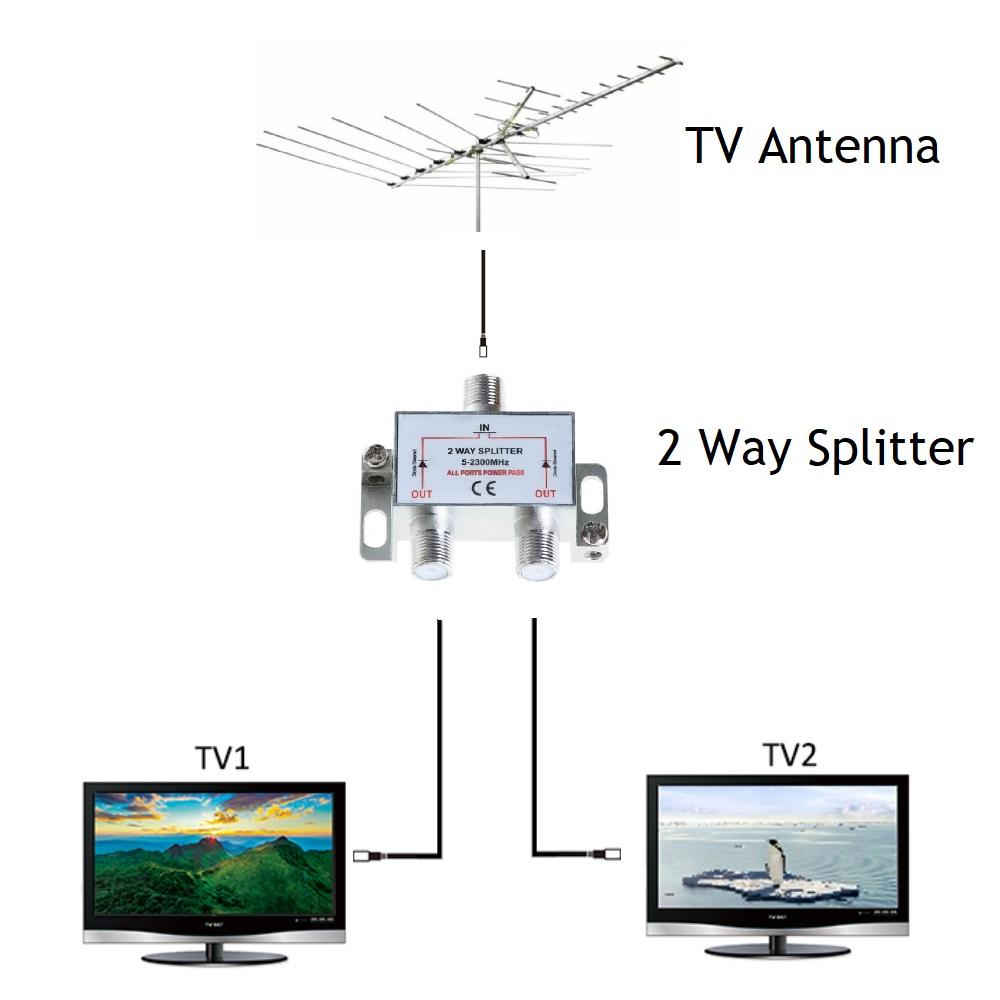




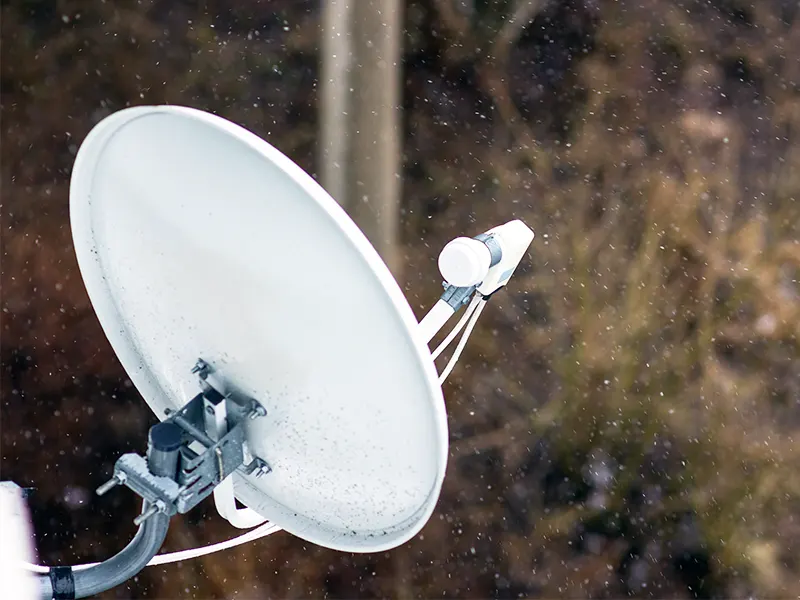
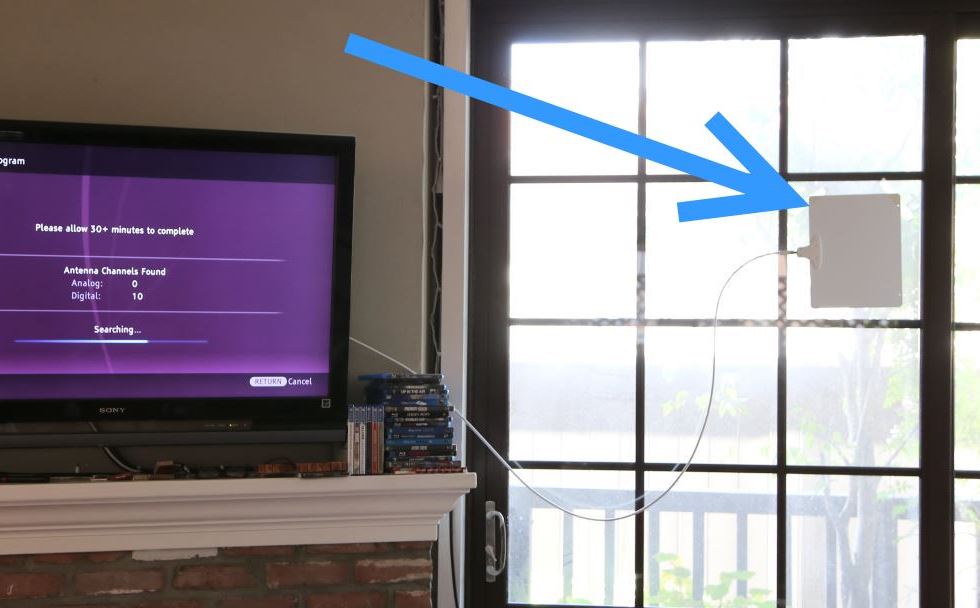
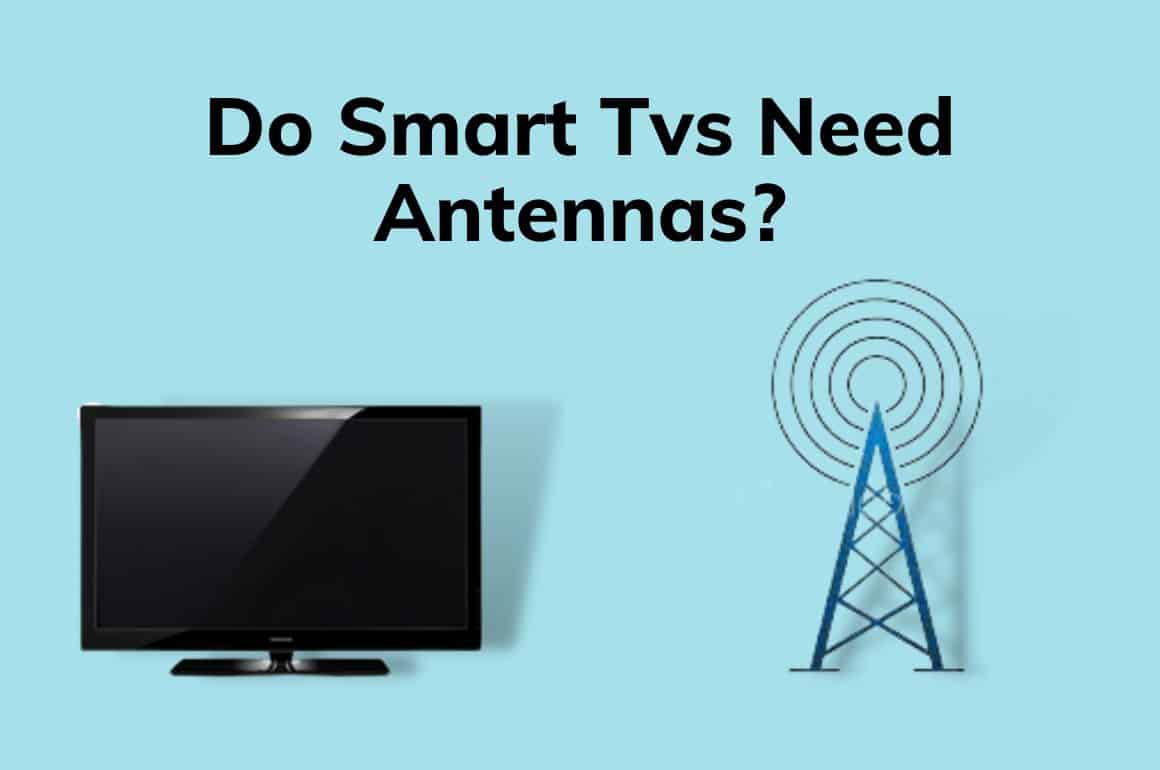
![Do Tvs Have Built In Antennas Top 5 Best TV Antennas for Metal Roof [June 2025 Review] - MetalProfy](https://metalprofy.com/wp-content/uploads/2021/04/best-tv-antennas-for-metal-roof-1024x691.png)


